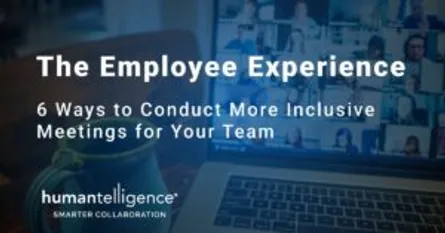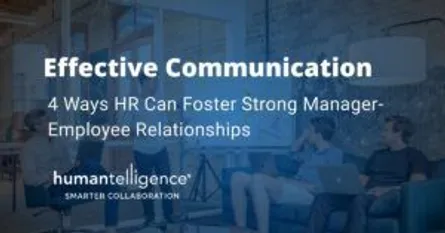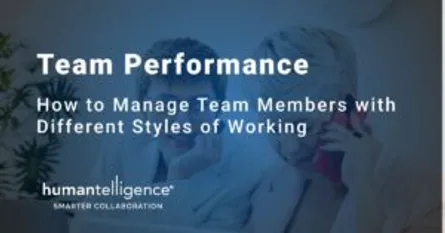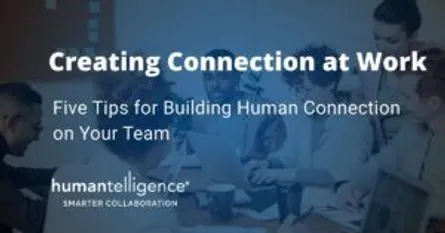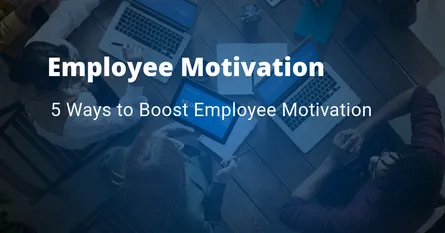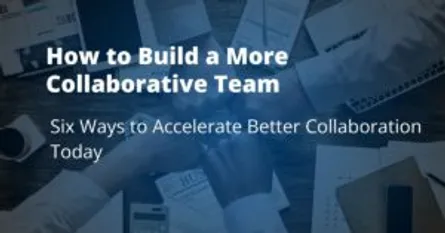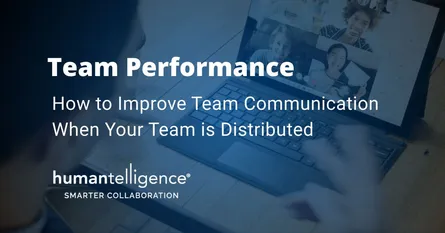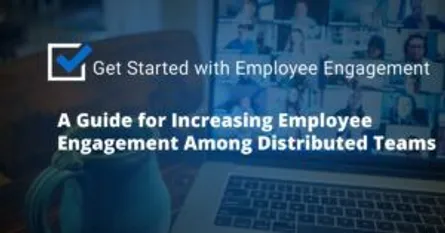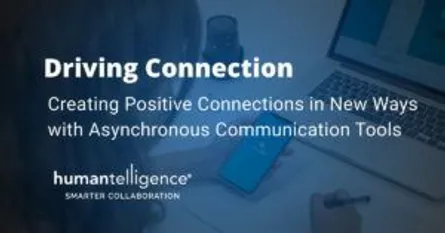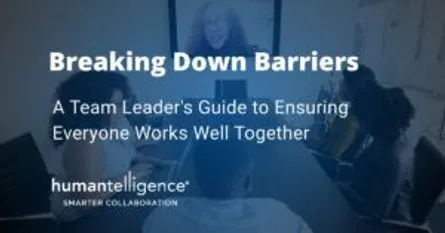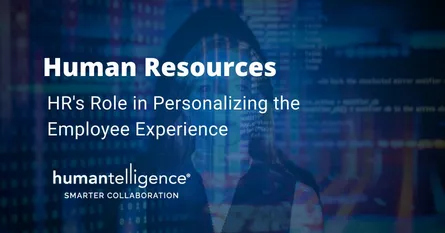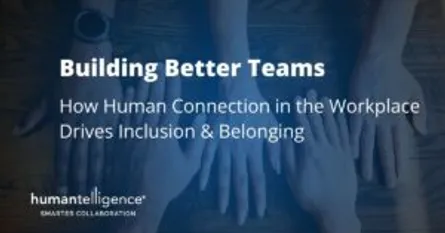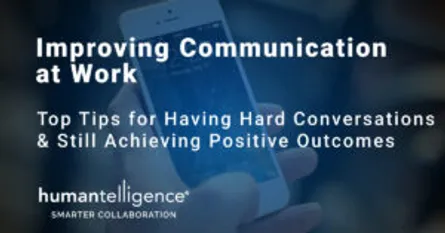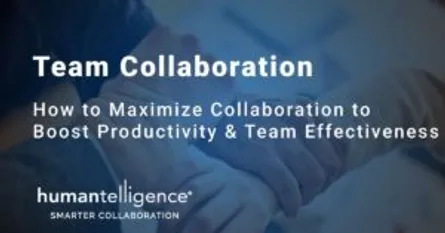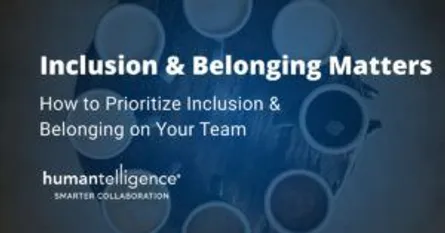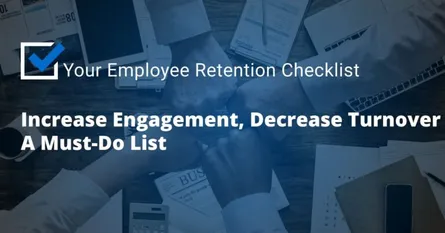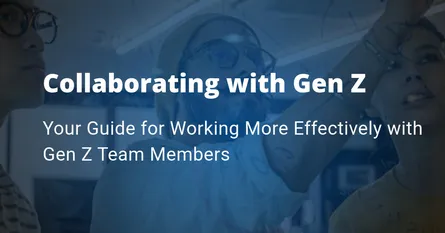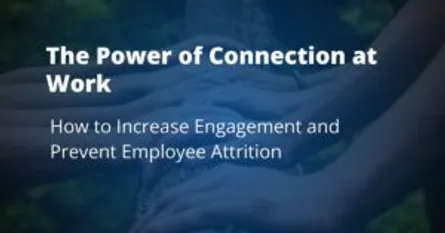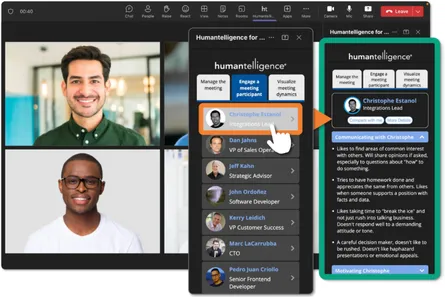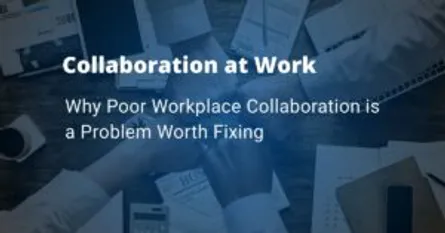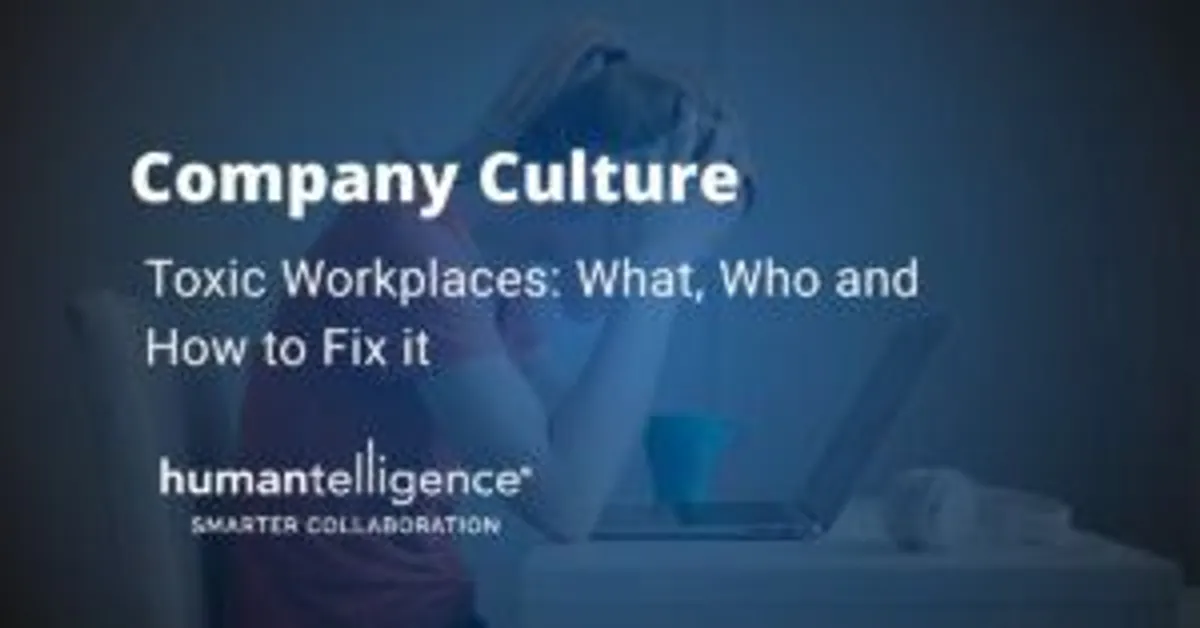
Toxic Workplaces: What, Who and How to Fix it
- Admin
- Company Culture
- 23 Apr, 2024
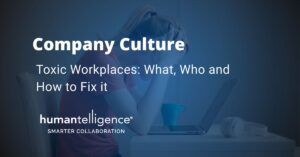
At many companies, workplace culture is becoming increasingly toxic, and recent layoffs in the tech industry are only worsening the problem. In fact, 45% of employees agree that recent layoffs have intensified a climate of toxicity across companies, according to a new research report on toxic workplaces by TalentLMS and Culture Amp. But what exactly leads to the development of a toxic workplace culture – and what can be done to address the toxicity? In this article, we’ll explore what constitutes toxic workplaces, how to address it, and the main drivers that lead to toxic workplaces.
What Do Toxic Workplaces Look Like?
Many of us feel frustrated or stressed at work from time to time, but there’s a difference between a frustrating work environment and a toxic one. “Toxic” is a powerful word, but it’s also ambiguous, so we’ll start by defining what we mean by toxic workplaces.
A report, which surveyed 1,000 employees across U.S. tech companies who self-identified as working in toxic workplaces, leverages MIT Sloan’s The Toxic Five framework. This framework examines a toxic work environment through the eyes of employees working at a toxic company.
While each company has its own set of unique challenges, MIT found that these five culture attributes have by far the largest negative impact on how employees rate their company culture: disrespectful, non inclusive, unethical, cutthroat, and abusive.
Employees who believe they work in a toxic environment also agree that their organization is:
- Disrespectful: Employees want – and need – respect from their managers and peers. 42% of respondents experiencing toxic culture at work agree that managers are often disrespectful to employees.
- Non inclusive: Even in 2023, inclusivity is still a challenge. 40% of respondents who work in toxic workplaces state that there are still barriers to overcome due to discrimination. Whether it’s on the basis of age, race, gender, or something else, discrimination is commonplace in toxic work environments.
- Unethical: Ethics and trust go hand in hand, and in an unethical workplace, a lack of trust surfaces. 43% of those surveyed agree they’re expected to work outside of what they’re recognized – or contracted – for. When consistently treated unethically, employees are far more likely to criticize the culture and eventually leave the company.
- Cutthroat: Throwing a colleague under the bus, stealing credit, and refusing to collaborate are all indicators of a cutthroat, competitive environment. 44% of respondents working in toxic workplaces agree that it is common for employees at their company to be left out of key projects, calls, and decisions.
- Abusive: More than 60% of survey respondents claim that abuse at work happens regularly or sometimes.
What’s even more confronting is that 49% of those surveyed in the TalentLMS & Culture Amp survey say they don’t really say or do anything when falling victim to toxic behaviors – and 29% say it’s because they don’t believe it will make any real difference.
How to Address a Toxic Workplace Culture
Your corporate culture is the heart of your organization. A toxic culture will only yield dire outcomes, so it’s important to take proactive steps to identify, address, and mitigate any signs of toxicity at work.
It is important to recognize that the toxic behaviors described in this research can have serious negative impacts on both employees and organizations. In their most extreme form, they can put the mental health of employees seriously at risk. But even moderate levels of these toxic behaviors can severely impact organizational performance by undermining employee motivation, diminishing the strength of the employer brand, and increasing regrettable attrition.
The best way to address a toxic work culture is to start at the top – with leadership.
The Role of Leadership
Leadership plays a critical role in shaping culture at work. Leaders have a considerable influence over employees, as they are responsible for cascading desired behaviors or decisions across the company. When leaders are honest, accountable, kind, and considerate, employees will strive to embody those characteristics. But unfortunately, the survey found that:
- 43% of survey respondents feel that leaders are turning a blind eye to toxic behaviors
- 45% believe executive-level leaders promote unhealthy competition among their workforce
- 47% agree that there’s a lack of leadership and accountability within their company
When leaders lack accountability, aren’t considerate to employees, or exhibit distasteful behaviors, employees will amplify these actions across the organization. Senior leaders are role models, whether they like it or not. The way they behave at work creates powerful social norms that can impact how the rest of the organization behaves. Additionally, their decisions can lead to the creation of structures and incentives that result in, often unintended, harmful consequences to employees.
What is a Toxic Leader
A toxic leader is a person who has responsibility for a group of people or an organization, and who abuses the leader–follower relationship by leaving the group or organization in a worse condition than when they first found them. Toxic leaders must not be confused with leaders who make mistakes. We all make mistakes and get things wrong from time to time. The difference is whether we treat it as a learning opportunity or keep doing the same thing over and over again.
According to Leadership Forces, toxic Leaders are self-serving. They do not care about the organization or the people within it. They treat them as a vehicle to help them get where they want. They are motivated by personal ambition and usually lack self-awareness. Leadership Forces categorize the following six key characteristics of toxic leadership:
Autocratic
The leader makes the most out of their position and authority to make things happen. They impose their will without stopping to consider the ideas and opinions that come from their team. They are focused on maintaining tight control and are intolerant of mistakes. Communication tends to be directive and top-down rather than ‘two-way’.
You can spot people who have a tendency towards these characteristics through their language. They might say things like:
- ‘We don’t have time to discuss this…’
- ‘This is the situation and this is what you are going to do’
- ‘I’ve got so much on my plate…’
They complain about not having enough time because they are poor at delegation. The only jobs they delegate are the ones they don’t want to do. They view delegation as a way of ‘making life easier for me’ rather than developing their team members.
Narcissistic
Narcissistic leaders have an exaggerated sense of their own importance. They believe that they are special in some way. They have an excessive need for admiration from other people and lack empathy when dealing with others. They might say things like:
- ‘I did/achieved this…’ They rarely point to the work of the team that contributed to the success.
- “Your personal problems should be left at home, you’re here to work.’
- Like all toxic leaders, these traits can deliver success in the short-term.
Manipulative
The manipulative leader is similar to the narcissist as their focus is still on themselves. These individuals will abuse their position, relationships, and organizational systems for their own gain.
They’re harder to spot than the narcissistic leaders as they are often sneaky and hide their activities. They know deep down that what they are doing is wrong but they will justify their behavior by saying things like ‘it’s not personal, it’s business.’
Intimidating
The intimidating leader will bully their subordinates and those around them to achieve their aim. They are manipulative and have a tendency towards ‘ruling with an iron fist’. Their subordinates will not offer ideas or challenge them for fear of disapproval or ridicule.
Overly Competitive
The overly competitive leader has a ‘win at all costs’ attitude often leaving a trail of damaged and broken individuals who have failed to keep up with their pace. They have a win at all costs attitude that means that they are quick to make decisions and rarely have time for input.
They think that they have high standards and are inspiring. In reality, they create more losers than winners.
Discriminatory
The last toxic characteristic is that of the discriminatory leader. They do not value diversity and surround themselves with people of the same ilk. These leaders do not want to be challenged by people with different points of view so they surround themselves with ’yes’ men.
Damian Hughes describes these people well. In his work with professional sports teams, he’s found managers who surround themselves with ‘truth tellers’ or ‘time tellers.’
When down 1-0 in a 60-minute game, a coach might turn to his coaching staff and say, ‘what do you guys think?’
The time tellers will purse their lips and say ‘there is 30 minutes to go.’
The truth tellers will tell them what they think they should do – even if it is the message they don’t want to hear. For example, ‘take your son off, he’s having a bad game…’
There is a significant difference. One of these people has courage and provides value.
These six characteristics rarely live in isolation. Toxic leaders tend to lean towards being a combination of a few of these behaviors. Either way, they are focused on the short-term game and what they can get out of a situation as opposed to the long-term game and what is best for the organization and the team. If left unchecked, toxic leadership is what leads to a toxic culture.
Fixing Toxic Workplaces
Fixing a toxic work environment requires leadership to intentionally reverse toxicity. In other words, to develop a healthy workplace culture, they need to model healthy behaviors. However, toxic behaviors and norms can be hard to unlearn, especially if they’ve become ingrained in the wider culture.
That’s where training can help. Employees upskill and develop as part of their roles, and many expect leaders to do the same. Training specific to managers and leaders would effectively combat toxicity, which could potentially inspire other employees to change behaviors, too – leading to a company-wide transformation. For example, Humantelligence is a tool for daily coaching that uses behavioral science to drive real change by helping managers better understand their own and their team’s behaviors, motivators, and ideal work energizers. Managers often have busy schedules, so HT embeds these insights into existing workflows (like Slack or email) to make learning a daily practice.
The Keys to Culprits of a Toxic Workplace
We’ve explored what a toxic workplace looks like and how leaders can step up to address toxicity at work – but what causes this toxicity? With 46% of software industry employees suffering burnout due to a toxic work environment, it’s critical to understand how toxicity surfaces. Understanding what leads to a toxic work culture is crucial to preserving your bottom line, keeping employees engaged, and retaining your best talent.
Although toxicity emerges in different ways and from different places depending on the organization, research has found that the most common drivers are:
- Off-the-clock work: Work-life balance is crucial to employee wellbeing, and when employees are expected to be available at all hours, their trust and motivation diminish. They feel like their humanity isn’t being recognized, and stress begins to mount. Without the ability to truly disconnect from work, employees’ behavior and mindset will likely become more negative. This negativity slowly grows and spreads, creating a toxic environment.
- Poor leadership communication: A highly toxic environment is created when leaders withhold information. Without transparency around the business, employees may become anxious and lose direction and trust in the company. They feel like important decisions are being made without considering their viewpoint, which can leave a big divide between employees and leaders.
- A lack of consideration for colleagues: When employees feel that colleagues aren’t considering their feelings, the work environment can quickly turn toxic. A lack of empathy in interactions can translate into dismissive or rude behaviors, leading to animosity among employees.
All this said, the best way to take action and identify the drivers of toxicity in your organization is to survey your employees. The only people who can tell you how your employees feel are the employees themselves. When provided a channel for feedback, employees are more likely to share candid thoughts about their experience at your organization. If toxicity is brewing in certain areas, a survey with open-ended questions and free response fields can be a safe space for employees to let you know what’s going on – beyond the simple ‘agree’ or ‘disagree’ that most surveys offer. If you’re looking to create a more positive employee experience, we can help.

